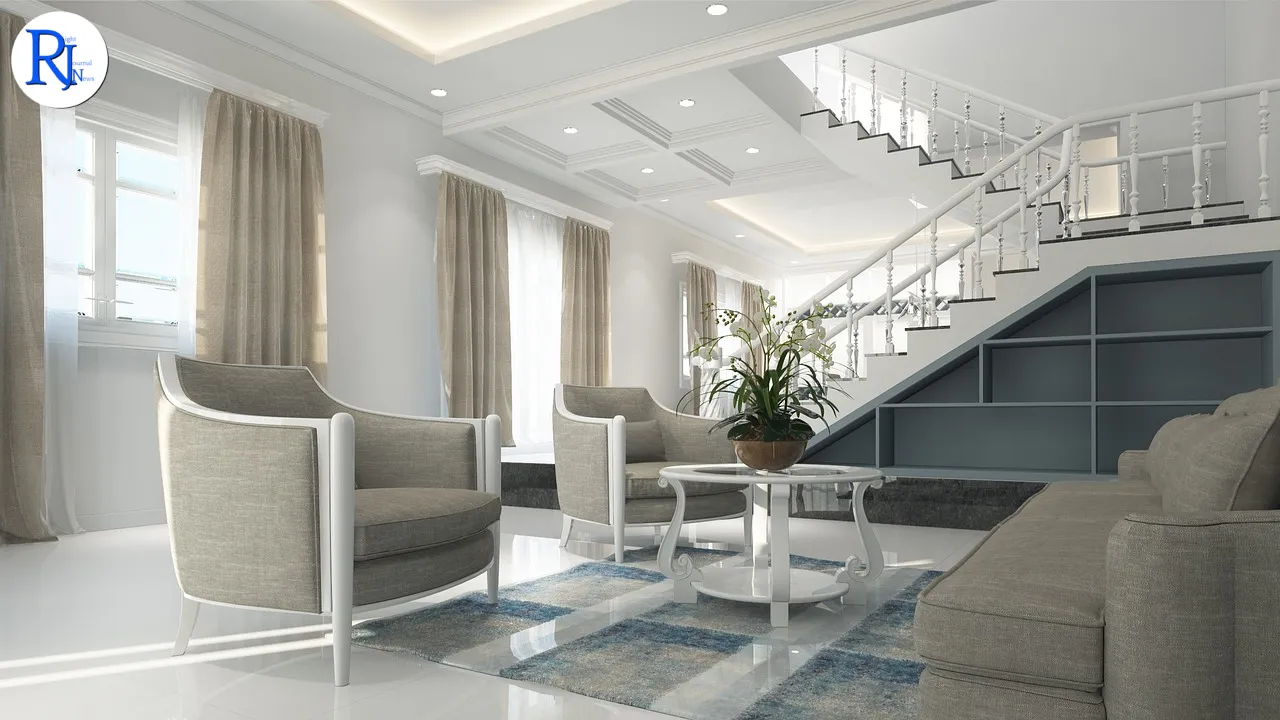In the ever-evolving world of interior design, 2025 brings with it a fresh wave of living room trends, leaving behind some long-standing favourites. As homeowners seek to rejuvenate their spaces with modern aesthetics, designers are predicting a shift towards more sustainable and personalised interiors. This transformation is not just about aesthetics but also functionality, as living rooms become multi-purpose hubs in contemporary homes.
The Rise of Sustainable Materials
As environmental concerns grow, the use of sustainable materials in living room design is gaining momentum. Traditional materials like synthetic fibres and non-renewable resources are gradually being phased out. Instead, designers are opting for eco-friendly alternatives such as reclaimed wood, bamboo, and recycled metals.
According to interior designer Sarah Thompson, “Sustainability is no longer a trend but a necessity. Homeowners are increasingly aware of the environmental impact of their choices and are looking for materials that are both beautiful and sustainable.” This shift not only benefits the planet but also adds unique textures and character to living spaces.

Embracing Minimalism with a Personal Touch
While minimalism has been a staple in interior design for years, 2025 sees a more personalised approach to this style. The stark, impersonal minimalism of the past is making way for a warmer, more inviting aesthetic. This involves incorporating personal elements such as family heirlooms, bespoke art pieces, and travel souvenirs.
Interior stylist Emma Lee notes, “People want their homes to tell a story. It’s about creating a space that reflects who you are, not just following a trend.” This approach allows homeowners to maintain the clean lines and uncluttered look of minimalism while infusing their personality into the design.
The Shift from Open-Plan to Defined Spaces
The open-plan living space, once the hallmark of modern design, is seeing a decline. Homeowners are now favouring more defined spaces that offer privacy and functionality. This trend has been accelerated by the increasing need for home offices and quiet zones within the home.
Architectural expert John Peters explains, “The pandemic taught us the importance of having separate spaces for different activities. People are now looking for homes that offer distinct areas for work, relaxation, and socialising.” This shift is leading to the reintroduction of walls and partitions, creating more intimate and functional living areas.
A Return to Bold Colours
Neutral palettes have dominated living room designs for years, but 2025 marks a return to bold, vibrant colours. Rich hues like deep blues, emerald greens, and terracotta are making a comeback, adding depth and drama to living spaces.
Colour consultant Lisa Tran states, “People are becoming more adventurous with colour. They want their homes to be a reflection of their personality, and bold colours can make a powerful statement.” This trend is complemented by the use of textured fabrics and statement furniture, creating a lively and dynamic environment.
Technological Integration in Design
As technology becomes an integral part of daily life, its integration into living room design is increasingly prominent. Smart home technology, including lighting, sound systems, and climate control, is seamlessly incorporated into the aesthetic of the room.
Tech designer Mike Harris highlights, “The challenge is to integrate technology without compromising the design. It’s about creating a space that is both functional and beautiful.” This trend ensures that living rooms remain at the cutting edge of convenience and innovation.
As these new trends take hold, they promise to transform living rooms into spaces that are not only stylish but also functional and reflective of individual lifestyles. The move towards sustainability, personalisation, and technological integration indicates a future where living spaces are as dynamic as the people who inhabit them. As homeowners embrace these changes, the living room is set to become an even more vital part of the home, merging comfort with modernity.

